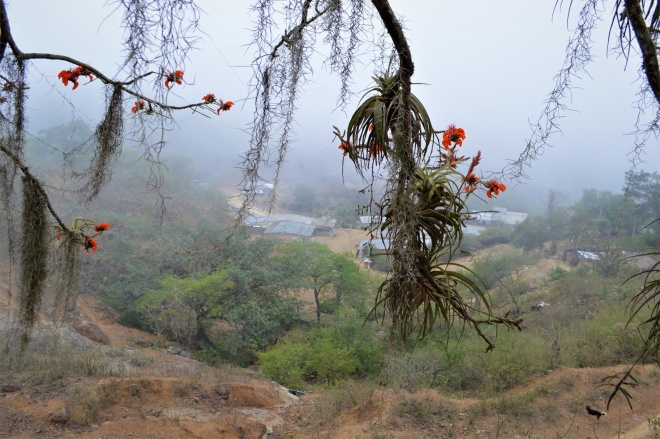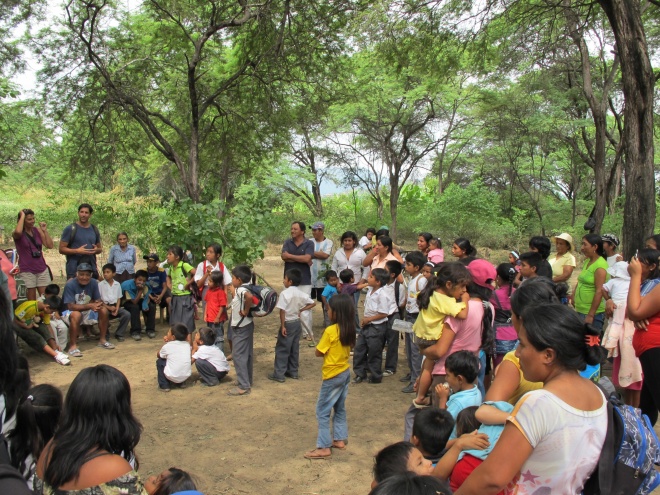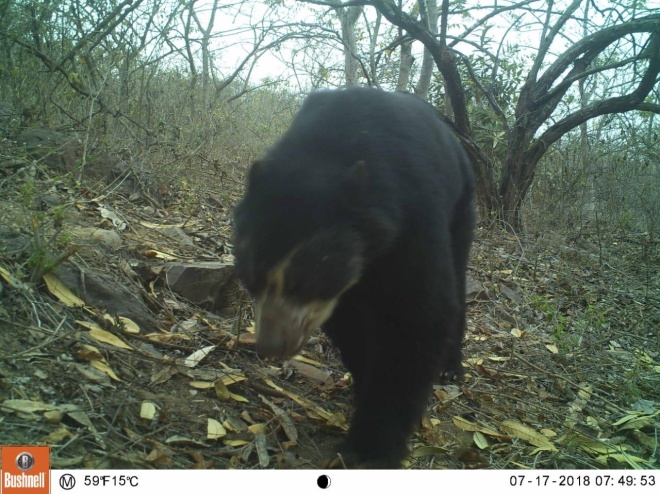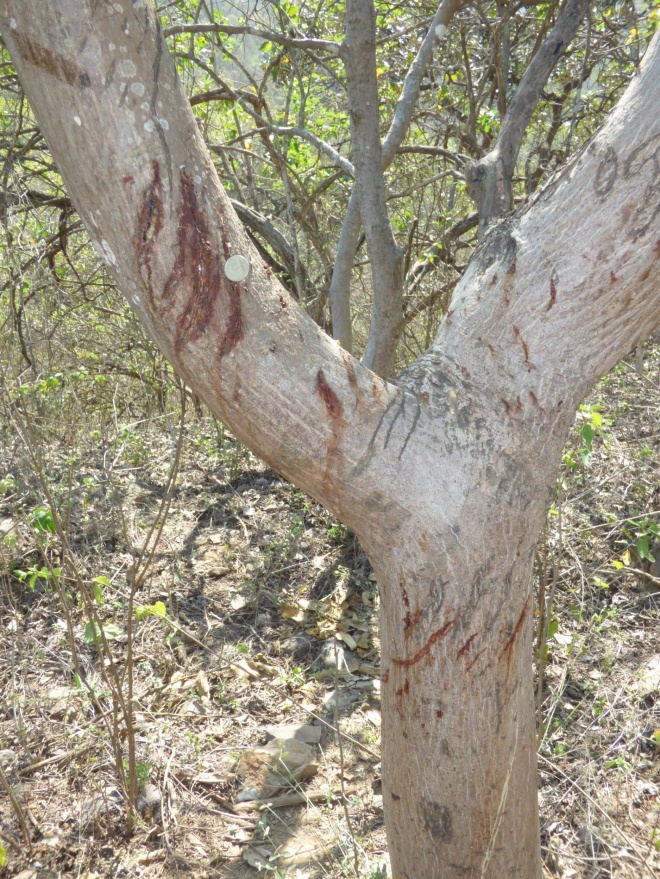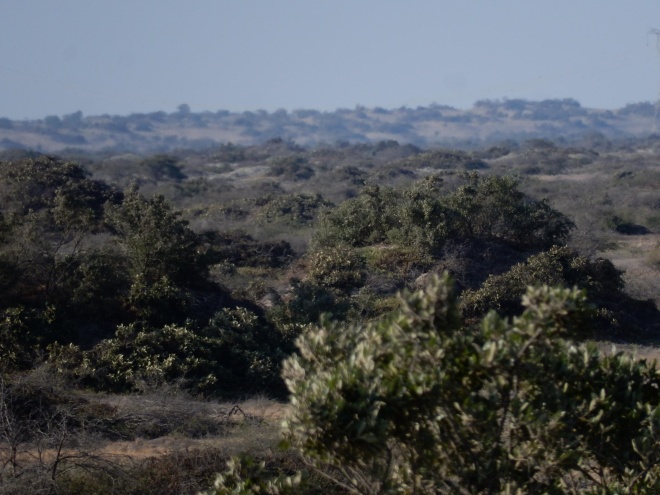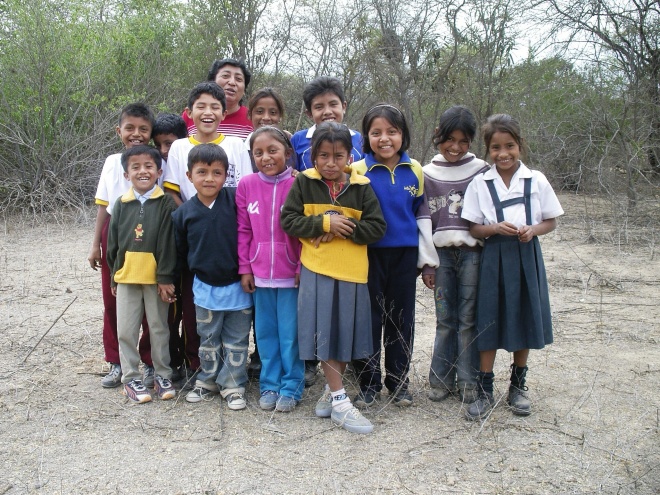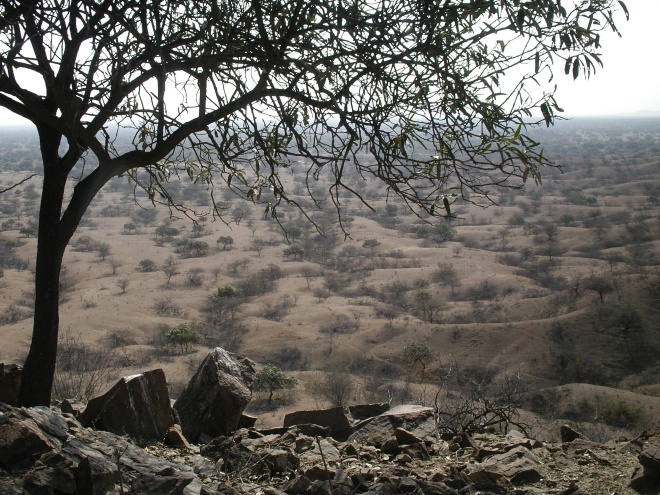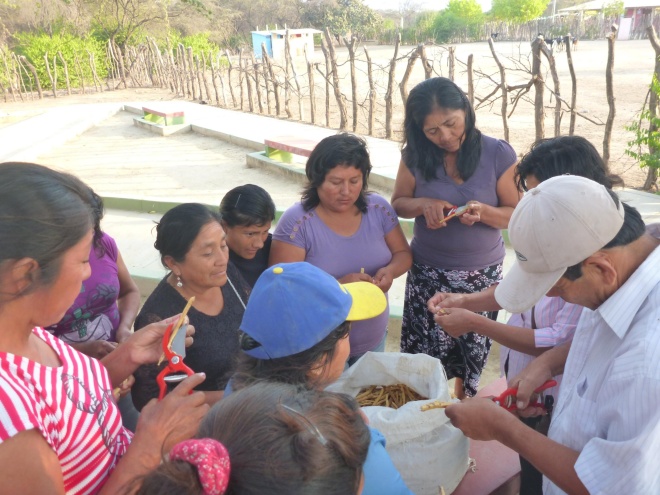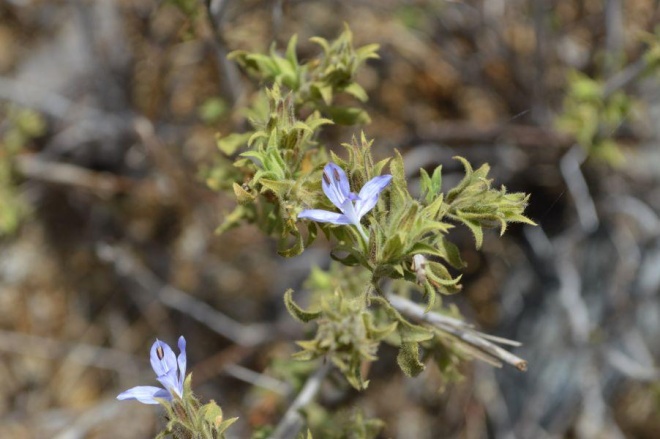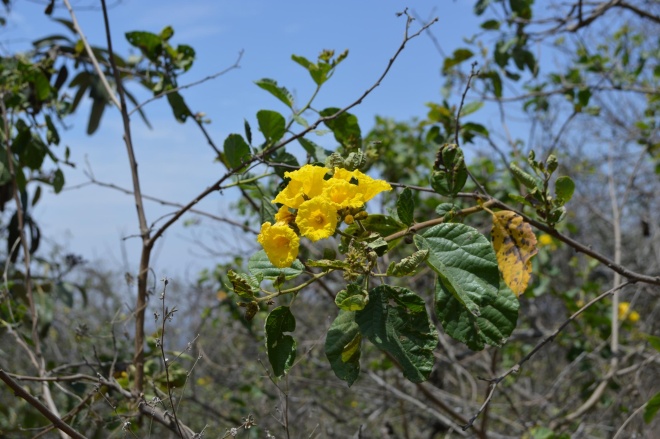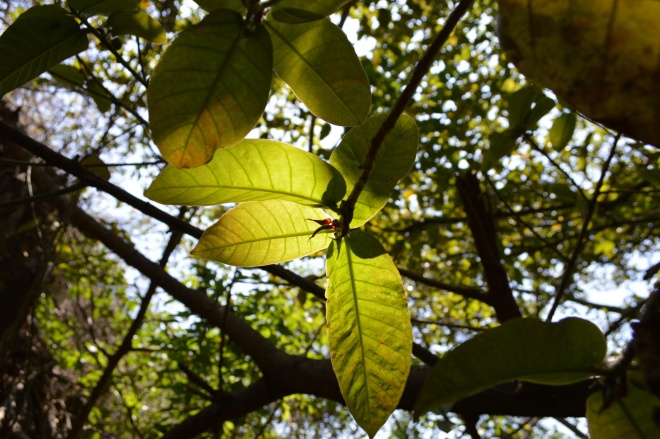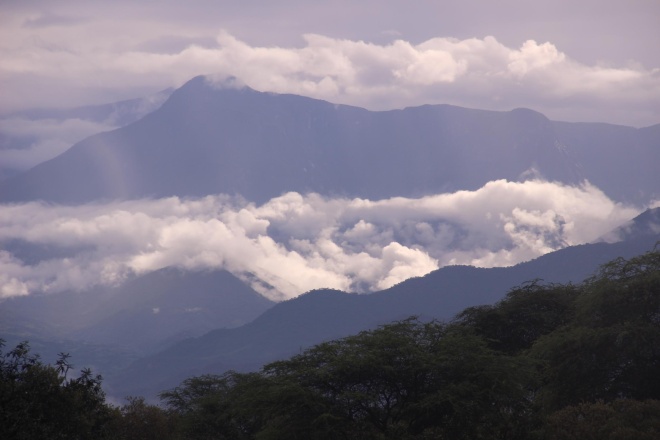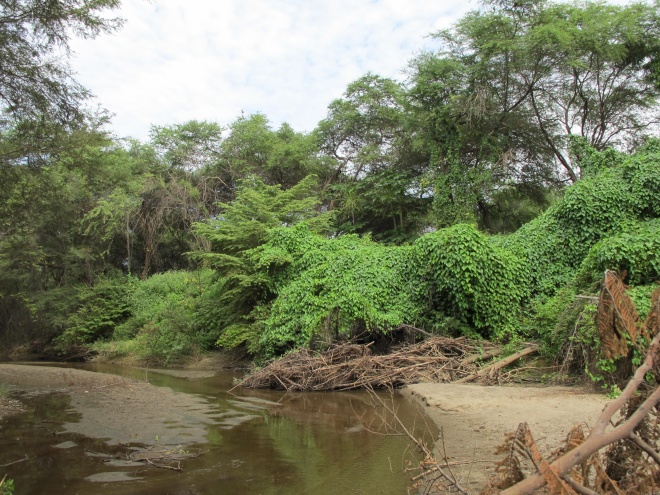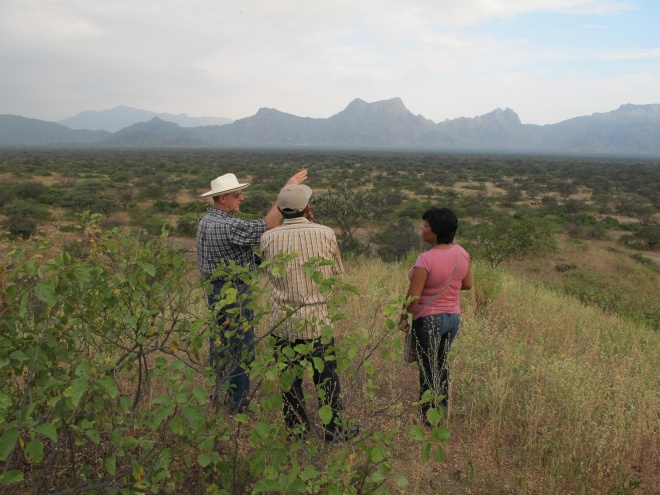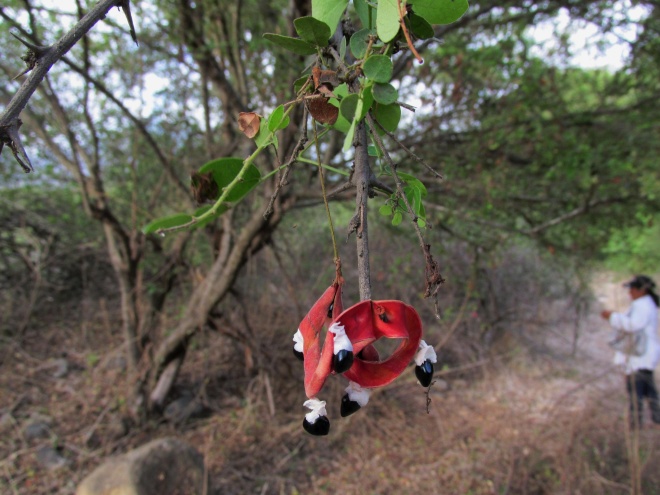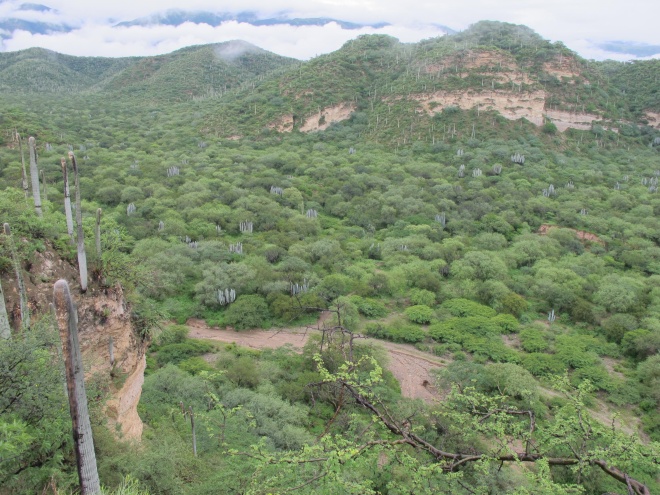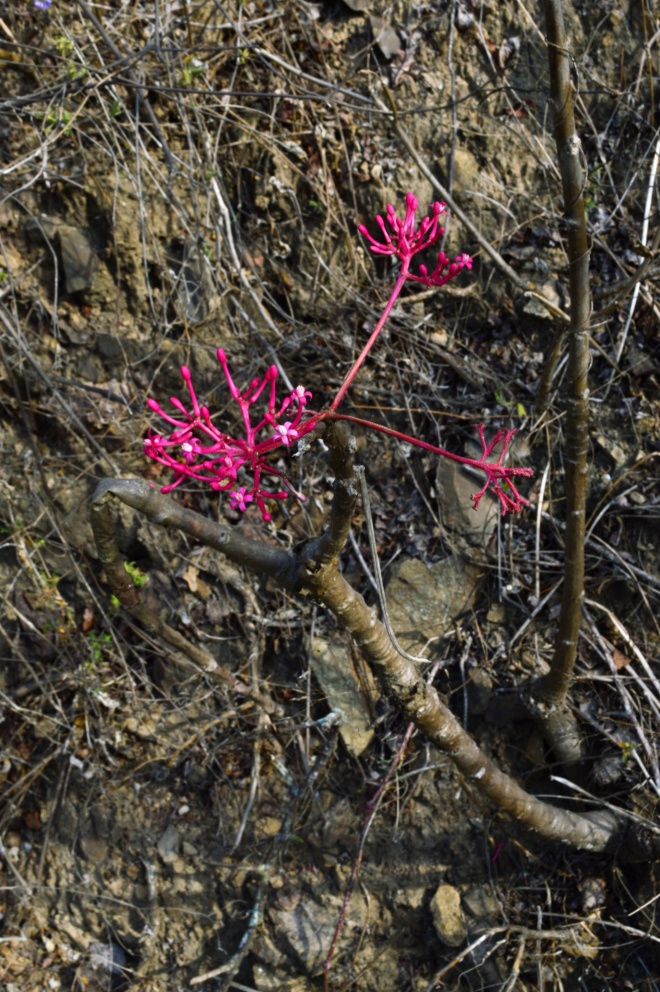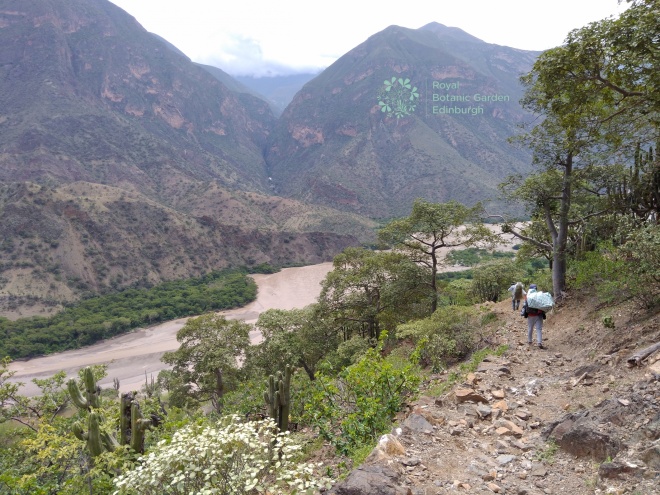Protecting the Equatorial Dry forest
Conservation and restoration of dry forests is not just vital for its unique species, but has lasting economic benefits though provision of soil fertility, food, fuel, medicine and water regulation. Unregulated deforestation, industrial agricultural expansion and infrastructure are impacting dry forest but also offer livelihoods to local communities.
This project is part of a wide collaboration across forest communities, traditional and intensive agriculture in order to reconcile dry forest conservation and restoration with sustainable development and climate change adaptation.
Seasonally Dry Forests in the Latin American tropics are now a conservation priority with only around 10% remaining in many countries. Tropical Dry forests are found where the rainfall season is short so many species are unique and specialised.
